Credits
Feature by: Adam Balz, Matt Bailey, David Carter, Katherine Follett, Jonathan Foltz, Glenn Heath Jr., Evan Kindley, Victoria Large, Daniel Loria, Michael Nordine, and Rumsey Taylor
Posted on: 30 April 2012
This is the third in our series of Favorites, semi-annual canonizations of particular cinematic genres and sub-genres. Much like the prior entries in this series, The Action Movie and Time Travel, as well as our annual celebration of the horror genre, 31 Days of Horror, this feature is to be construed as a broad yet selective overview, and will be comprised of reviews published in random order over the course of a month.
Universal Pictures enjoyed great success with their monster movies, a respectable anthology of films inaugurated by 1923’s The Hunchback of Notre Dame. These were mostly steadfast horror efforts, a number of which would be componential to one of many franchises, and they would proliferate well into the 1950s. For the purposes of this introduction, two facets of this tenure are of note: first, that Universal’s monsters proved popular and profitable, fostering technical innovations that would inspire monster movies in the decades to come; and second, that these innovations benchmark the evolution of special makeup effects.
These movies were largely iconified by the appearance of their title characters, so much so that their most remembered images are expressly attributable to the collaboration between an actor and makeup artist: Lon Chaney, Sr., who conceived his own gruesome makeup in both The Hunchback of Notre Dame and The Phantom of the Opera; Bela Lugosi and Jack Pierce in Dracula; and Boris Karloff, also with Pierce, in Frankenstein. Pierce is responsible for the bulk of Universal’s monsters, and his roster is prodigious: Dracula, Frankenstein, The Mummy, The Invisible Man, and The Wolf Man.
The latter creature, like most all the others, was present in multiple sequels; I’ve only seen few of these, but according to their synopses, all contrive scenarios in which the title creature is reanimated, satisfying another round of exciting menace. But despite these films’ diminishing narrative ingenuity, Pierce’s work became more sophisticated, and his contribution to The Wolf Man – which seldom invites comparison to either Dracula or Frankenstein – is of particular note, for it is his first use of a latex appliance that reproduces the appearance of fur. This advancement is sadly obscured, however, for the eponymous monster lurks about, like all monsters, in a foggy moor. The setting, so integral in establishing the horrific ambience, is essential in the sleight-of-hand from which Pierce’s creature will emerge with utmost supernaturalness. But Pierce’s work is in this film resorted to sculpture, carried from scene to scene in a manner no different from a prop. The explicit werewolf transformation that has come to iconify cinematic transformations is implied in offscreen space:
The Wolf Man was immensely successful, and its inevitable sequel, Frankenstein Meets the Wolf Man, would open two years later. Set within the studios’ third generation of monster movies in the 1940s, the film is Universal’s first ensemble film: its fifth Frankenstein picture as well as its third werewolf movie (this and The Wolf Man are preceded by 1935’s Werewolf of London). This tactic of intertwining franchises would proliferate throughout the ensuing decade, during which Universal’s once potent array of monster movies suffered from dilution, criss-crossing age-old mythologies in which mummies, vampires, werewolves, and even Abbott and Costello would pay visit to each other’s domains.
Measured by its technological merits, Frankenstein Meets the Wolf Man doesn’t suffer from reiteration like other Universal monster movies, and represents a hallmark in Pierce’s career. The central transformation scene is in the film’s first third, in which Lon Chaney, Jr. is in terse repose as the moon enters its fullest phase outside his bedroom window. Pierce’s work would illustrate the werewolf transformation in stages: the composition centers on his face as he looks blankly outward and tersely blinks, and over the course of many intense seconds his otherwise clean-shaven face sprouts fur, his mouth a crop of incisors, and his brow pronounced forthright in a frozen expression of menace. It is a marvel of prosthetic effects, and worth relishing in full:
Chaney, Jr. and Pierce were said to have a contentious relationship, for the latter mandated hours of laborious preparation in his work, much to the discomfort of his collaborators. It must be noted, however, that Chaney, Jr. is essential to this collaboration, and my description above says little of his portrayal of the cursed Larry Talbot. He is a man who can neither comprehend nor rationalize his actions under a full moon, and the strength of these films is due in no small part to the viewer’s empathy for Talbot’s plight. He is, in a sense, a victim to his own monster, and the film is a framework in which we observe the paradox of his dual existence.
This paradox is often the central conceit of a transformation film. That is, that the film in question is about a single character’s evolution from one corporeal or mental state to another, and this evolution is typically impossible in a realistic sense. This framework, first popularized in The Wolf Man and its contemporaries, has been employed time and time again.
And thus begins our foray into transformations, as perennial a cinematic preoccupation as fight scenes or time travel, and one beholden to no single genre. Its gamut is keyframed most clearly in werewolf movies, but transformations in cinema are more various than what a full moon so famously foretells. Horror finds the most explicit transformations – the best of which are rendered in sinuously gooey prosthetics and chaotic acting – but even a cursory glance into any other genre yields transformations of a more internalized sort. For every ill-fated Larry Talbot there is a Kanji Watanabe, the protagonist from Akira Kurosawa’s Ikiru, whose foreknowledge of his death causes him to break the monotonous existence he had practiced for his entire life. Or any number of Disney heroes or heroines, whose plight often results in a climactic transformation, one that that endows its recipient with both truth and beauty.
In each of these examples and others, the transformation is often the paramount narrative concern of the film in which they occur. These are films of great tension, some of which provide cinema with its most elaborate special effects, and others of which stage less fantastic, more identifiable troubles that are familiar to anyone who has considered the benefit of being in someone else’s shoes, if only for a moment.
Favorites: Transformations will run weekdays throughout the month of May.
Introduction by Rumsey Taylor
By Adam Balz, Matt Bailey, David Carter, Katherine Follett, Jonathan Foltz, Glenn Heath Jr., Evan Kindley, Victoria Large, Daniel Loria, Michael Nordine, and Rumsey Taylor ©2012 NotComing.com
Reviews
-
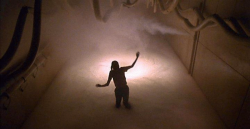
Altered States
1980 -
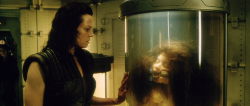
Alien: Resurrection
1997 -
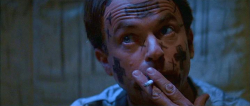
In the Mouth of Madness
1994 -
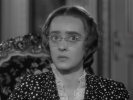
Now, Voyager
1942 -
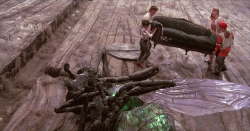
Honey, I Shrunk the Kids
1989 -
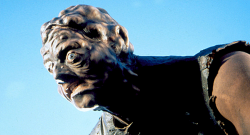
The Toxic Avenger
1984 -
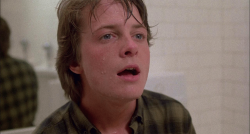
Teen Wolf
1985 -
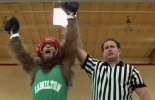
Teen Wolf Too
1987 -
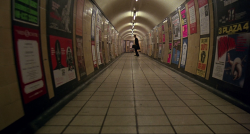
An American Werewolf in London
1981 -
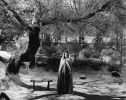
The Curse of the Cat People
1944 -
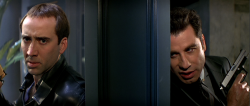
Face/Off
1997 -
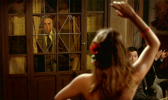
That Obscure Object of Desire
1977 -
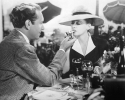
Now, Voyager
1942 -
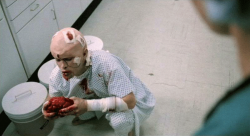
From Beyond
1986 -
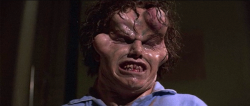
The Beast Within
1982 -
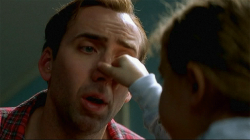
The Family Man
2000 -
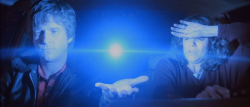
Starman
1984
We don’t do comments anymore, but you may contact us here or find us on Twitter or Facebook.



